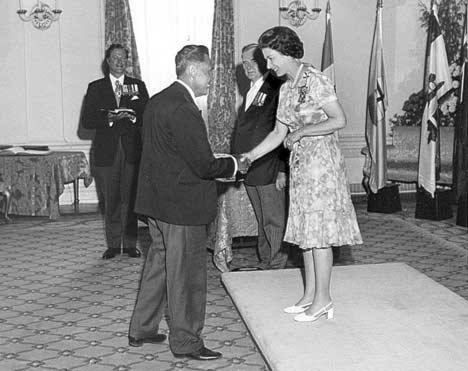The arts movement in Port Alberni began modestly enough.
Our first artist of note was Mary Carswell Collinge, remembered in this centennial year for her design of the corporate seal for the newly-minted city. Her other fine legacy is the painting of Argyle Street as it appeared on the day of incorporation, April 1, 1912.
Another significant portrayer of the early times was Leonard Frank, an immigrant from Germany. He fell in love with Vancouver Island, making his home in Port Alberni for some years. His photographs in the collection of the Vancouver Public Library and the Alberni Valley Museum are still considered some of the greatest images of Canada’s west coast.
Today we have a new appreciation of the craftsmanship practised by early settlers and have seen a revival of interest in all things made by hand.
The turn of the century was the era of brass bands and concerts in the park. Port Alberni in 1912 boasted a bandstand on Argyle Street (replicated in scale now in the Rollin Centre garden). Mrs. Fred Rollin (nee Ellen Ohlsen) was the new town’s first music teacher.
In the early 1900s, artists like Emily Carr began to draw attention to the art of First Nations people. Thanks to Carr and others like her, a record was created of many cultural treasures from the old coastal villages and islands.
Carr encouraged a young Tseshaht artist, George Clutesi, who wanted to revive the traditions of his own people in authentic paintings, stories, dance and song. He stands tall in the memories of all who knew him for his efforts to bring attention to a rich but neglected culture.
Clutesi was a true Renaissance man, going on to national and international fame as writer, television and movie actor.
The establishment of the Alberni Valley Art Group came about in 1943 “to relieve some of the tension and stresses of wartime”.
The Community Arts Council came into existence in 1965, led by artist-teacher Robert Aller. Their first major project was staging the city’s initial festival of the arts in 1966 – a week-long affair that involved almost every organization in town.
Then, as now, everything was volunteer-driven. It seems in some ways that we have gone full circle. The arts belong to the people and, as a community, we appreciate what culture means in our lives.
~ Meg Scoffield
Special to the News
